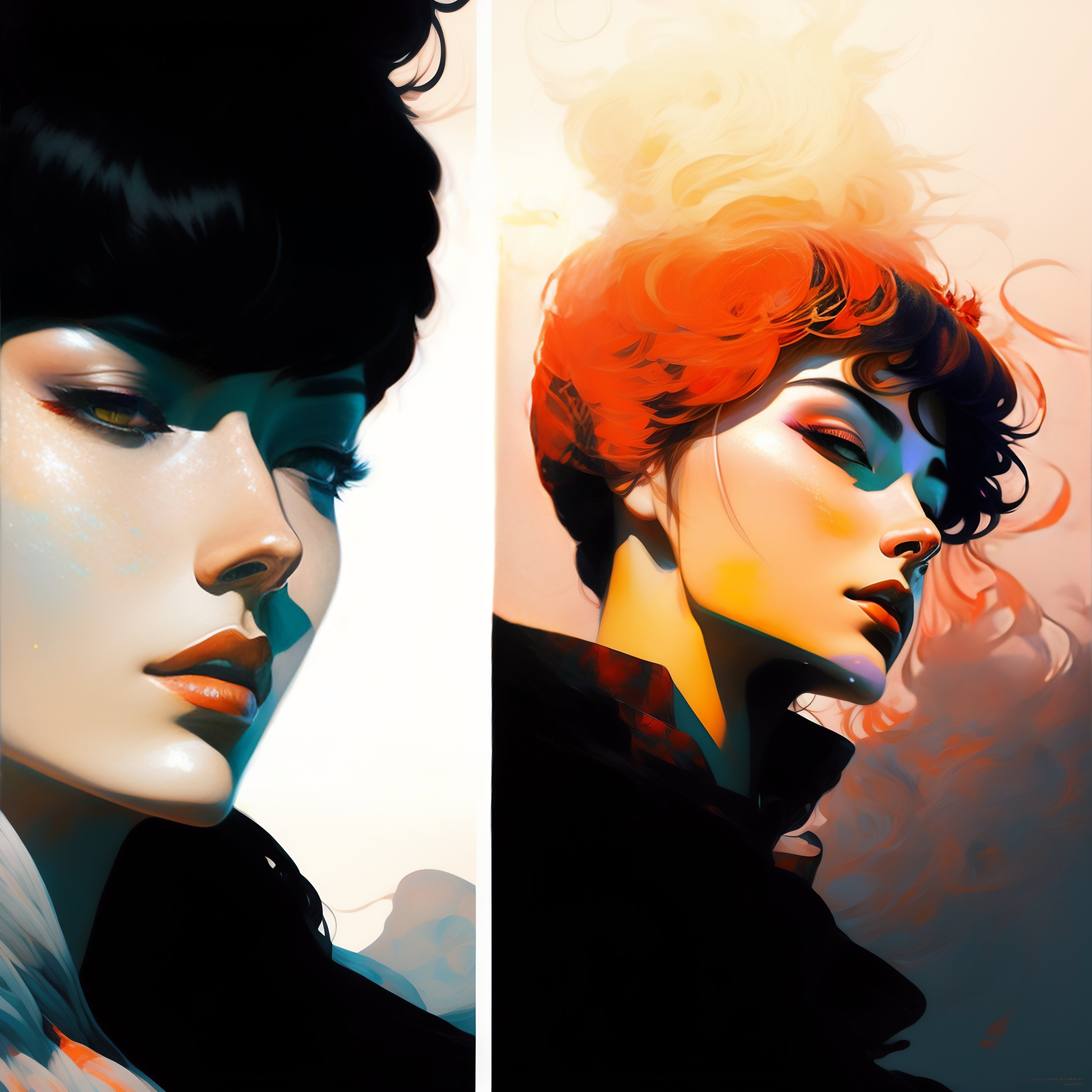Retro graphic
Successful black businessman looking at camera celebrating success got promotion. Successful proud black businessman looking at camera celebrating victory got promotion or reward, happy african employee taking congratulations from colleague on professional achievement in office
Joyful excited young latin woman receive reward for good job papazzart.com/. Getting promotion. Joyful young latin woman office worker yell look on pc screen receive recognition reward for good job from boss. Female scientist feel excited to find solution of difficult problem
Social buttons thumb up like and red heart background. Social media likes falling background for advertisement, promotion. Social buttons thumb up like and red heart background. Social media likes falling background for advertisement, promotion, marketing, internet, SMM, CEO – for stock

Cinematic artwork
Edward Hopper is a prime example of an artist who uses cinematic framing in his work. His painting Nighthawks (1942) resembles a movie still, with its carefully composed setting and dramatic lighting creating a sense of isolation and tension. Another example is David Hockney, who often employs cinematic perspectives in his large-scale works, such as A Bigger Splash (1967), which captures a single moment with a sense of anticipation and movement.
Did you notice? The reference to Leonardo da Vinci is quite clear in this iconic scene from Paul Thomas Anderson’s film “Inherent Vice.” Released in 2014, it reimagines the masterpiece “The Last Supper” (1495-1498) through a gathering of thirteen people, feasting and insatiable.
Edward Hopper is often celebrated for his ability to capture the quiet moments of American life with a cinematic eye. His style, characterized by its meticulous attention to detail, dramatic use of light and shadow, and carefully constructed compositions, draws heavily from cinematic techniques. Hopper’s paintings frequently depict scenes that seem to be plucked from a film still, evoking a sense of narrative and inviting viewers to speculate on the stories behind the images.
Edward Hopper is a prime example of an artist who uses cinematic framing in his work. His painting Nighthawks (1942) resembles a movie still, with its carefully composed setting and dramatic lighting creating a sense of isolation and tension. Another example is David Hockney, who often employs cinematic perspectives in his large-scale works, such as A Bigger Splash (1967), which captures a single moment with a sense of anticipation and movement.
Did you notice? The reference to Leonardo da Vinci is quite clear in this iconic scene from Paul Thomas Anderson’s film “Inherent Vice.” Released in 2014, it reimagines the masterpiece “The Last Supper” (1495-1498) through a gathering of thirteen people, feasting and insatiable.
Visual
VS Code predicts your next move as you code. Use the Tab key to accept AI-powered suggestions right in your editor. It intelligently recommends what to change — and where — based on the edits you’re already making.
As of version 1.78.1, VS Code on Windows only allows access to UNC paths (these begin with a leading \\) that were either approved by the user on startup or where the host name is configured to be allowed via the security.allowedUNCHosts setting.
The Windows Terminal, available from the Microsoft Store, is a terminal application for users of command-line tools and shells like Command Prompt, PowerShell, and WSL. Its main features include multiple tabs, panes, Unicode and UTF-8 character support, a GPU accelerated text rendering engine, and custom themes, styles, and configurations.
